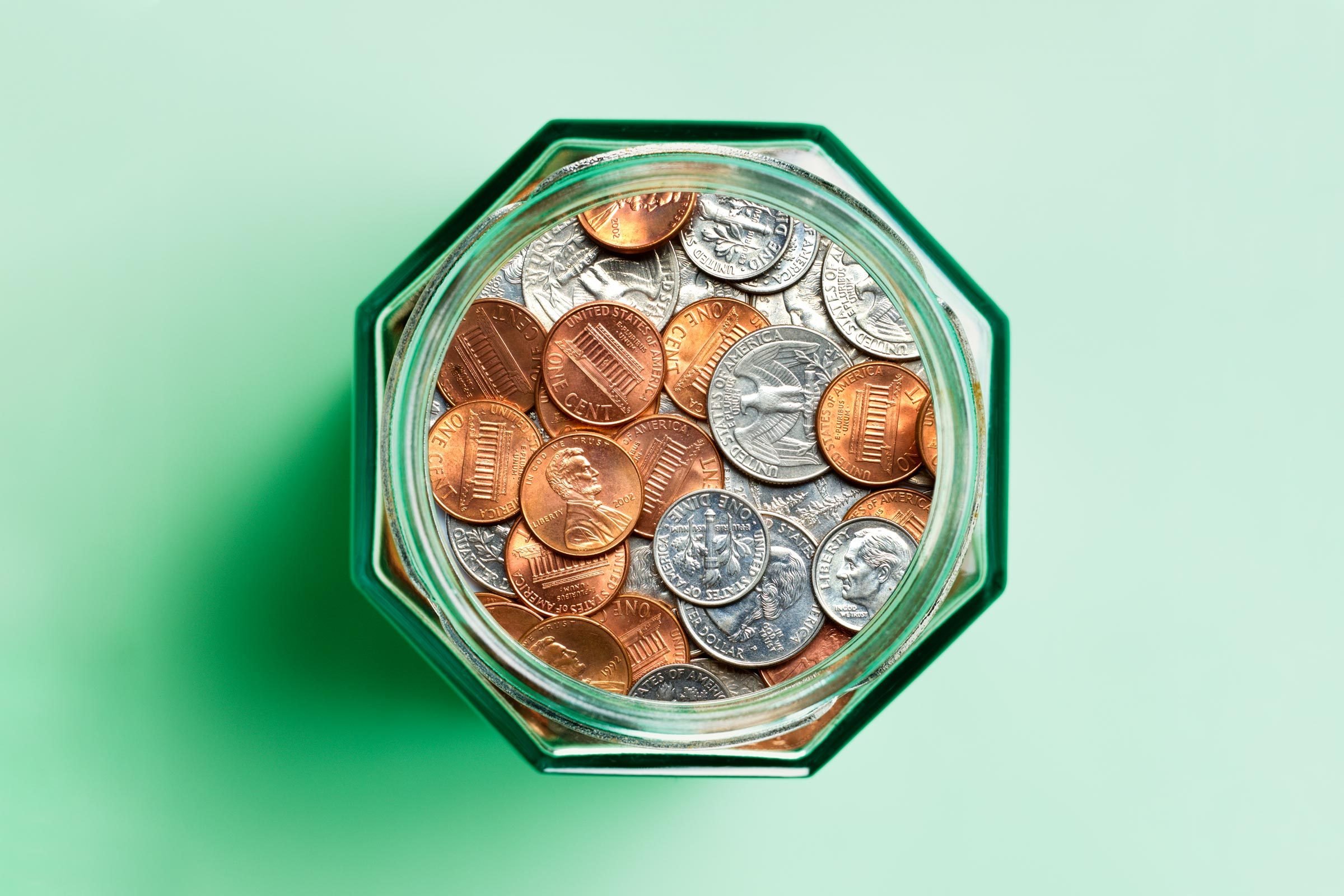
A nationwide coin shortage
The COVID-19 pandemic has brought countless changes to industries like dining, shopping, grooming—and now, even coin minting. As more Americans stay home and spend less cash, fewer coins are circulating in the economy, leading to a nationwide coin shortage. Though the U.S. Mint is now working to pump more coins into the system, the shortage has others wondering if it’s time to retire coins for good. Coin usage is not the only everyday habit that could change forever after coronavirus.
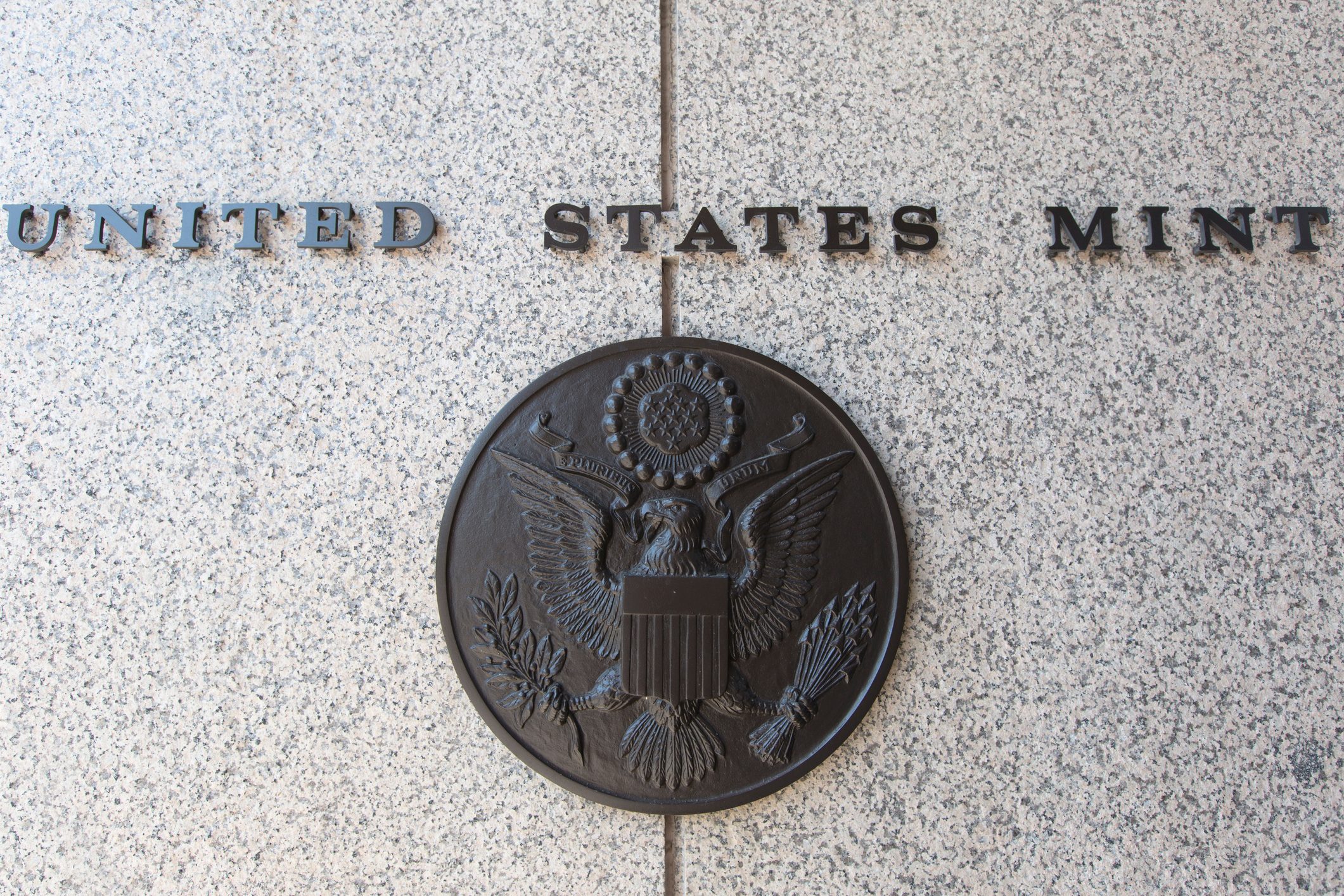
What is the U.S. Mint?
For nearly 250 years, the U.S. Mint has been the only manufacturer of legal tender coinage in the United States, according to Todd Martin, chief spokesperson for the United States Mint. In addition to coins used as the national currency, the Mint produces other coin-related products such as commemorative and collectible coins, national awards like Congressional Gold Medals, and coins made of precious medals. The Mint does not rely on funding from taxpayers, instead using revenue from its products to offset the manufacturing costs. Check out more mind-blowing facts about money.
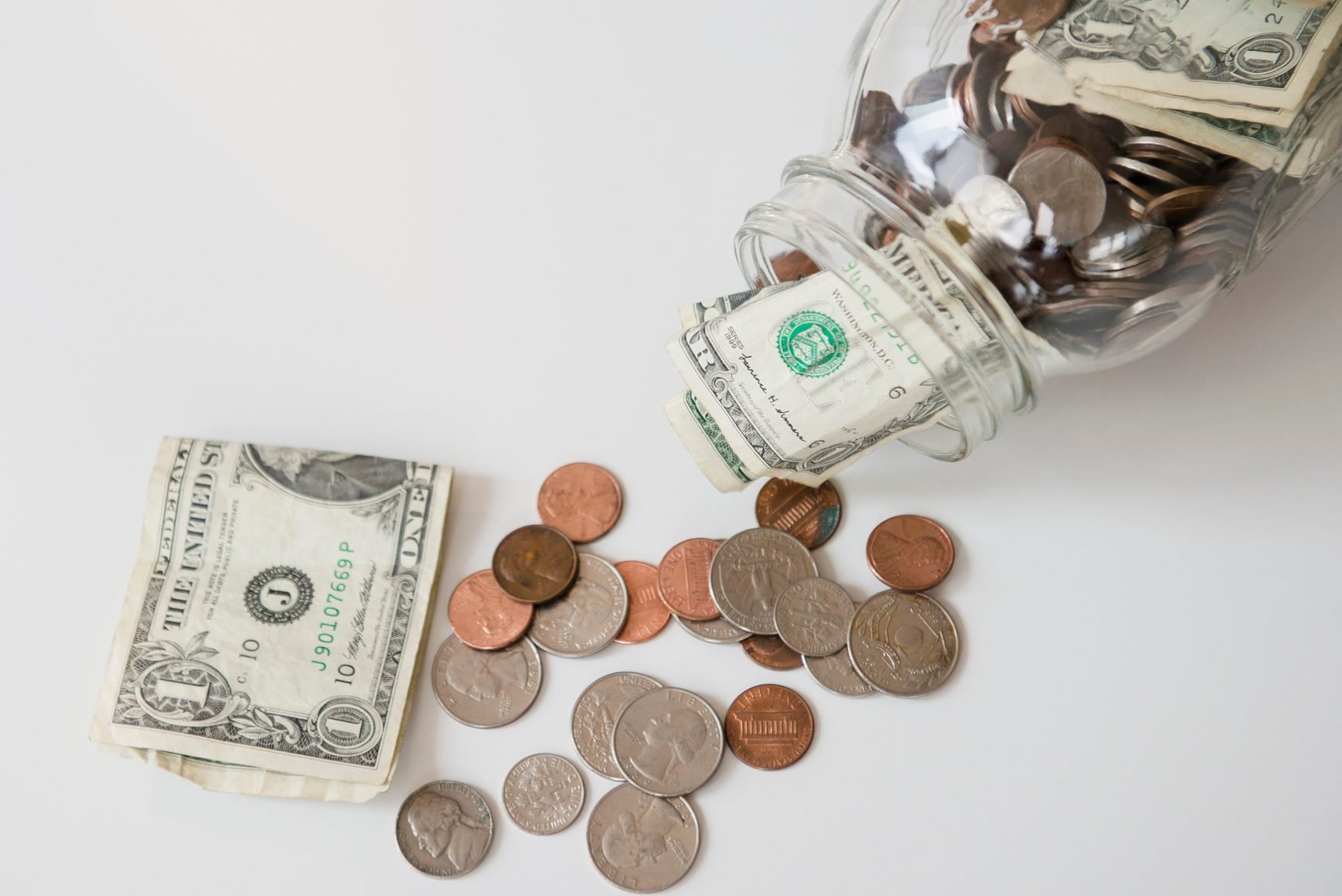
Why is there a coin shortage?
The coronavirus pandemic has disrupted coin circulation in two ways. Back in March and April, coin production slowed as minting facilities nationwide implemented new health and safety protocols, such as reducing the number of employees per shift to practice social distancing, Martin says. By the beginning of May 2020, just 4.02 billion new coins had been created, compared to 5.07 billion at the same point in 2019.
Coins are also piling up in American homes instead of being spent at retailers and deposited at banks. With fewer people shopping in brick and mortar stores these days—and many using credit cards instead of cash—fewer coins are being put back into the system. “In normal circumstances, retail transactions and coin recyclers return a significant amount of coins to circulation on a daily basis,” Martin says. “There is an adequate amount of coins in the economy, but coins aren’t circulating through the economy as quickly as they were prior to the COVID-19 pandemic.”
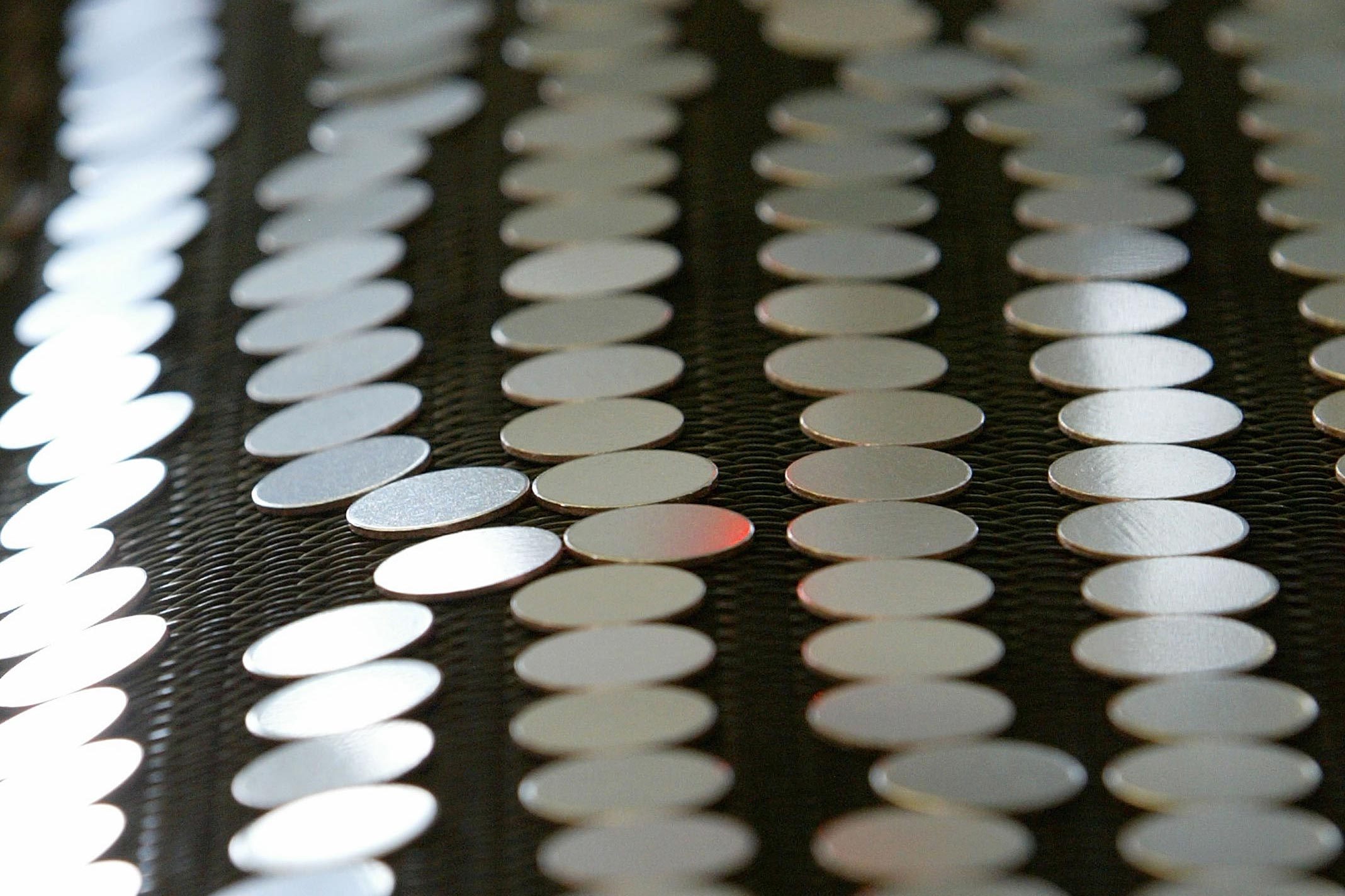
Will the U.S. stop minting coins?
Rest assured that would be nearly impossible for the United States to stop minting coins, according to Martin. In fact, the law requires the U.S. Mint to do so. The Federal Reserve, which monitors demand and regulates supply of American currency, places orders for coins that the U.S. Mint must fill. “Simply put, as long as we are required by law to produce circulating coins, and the Federal Reserve continues to order circulating coins, we will continue operating,” Martin says.
Despite the legal requirement to mint coins, the recent shortage has sparked conversations about why we need coins in the first place. Some are advocating for retiring certain coins altogether. Here’s what could happen if the United States were to stop minting coins.
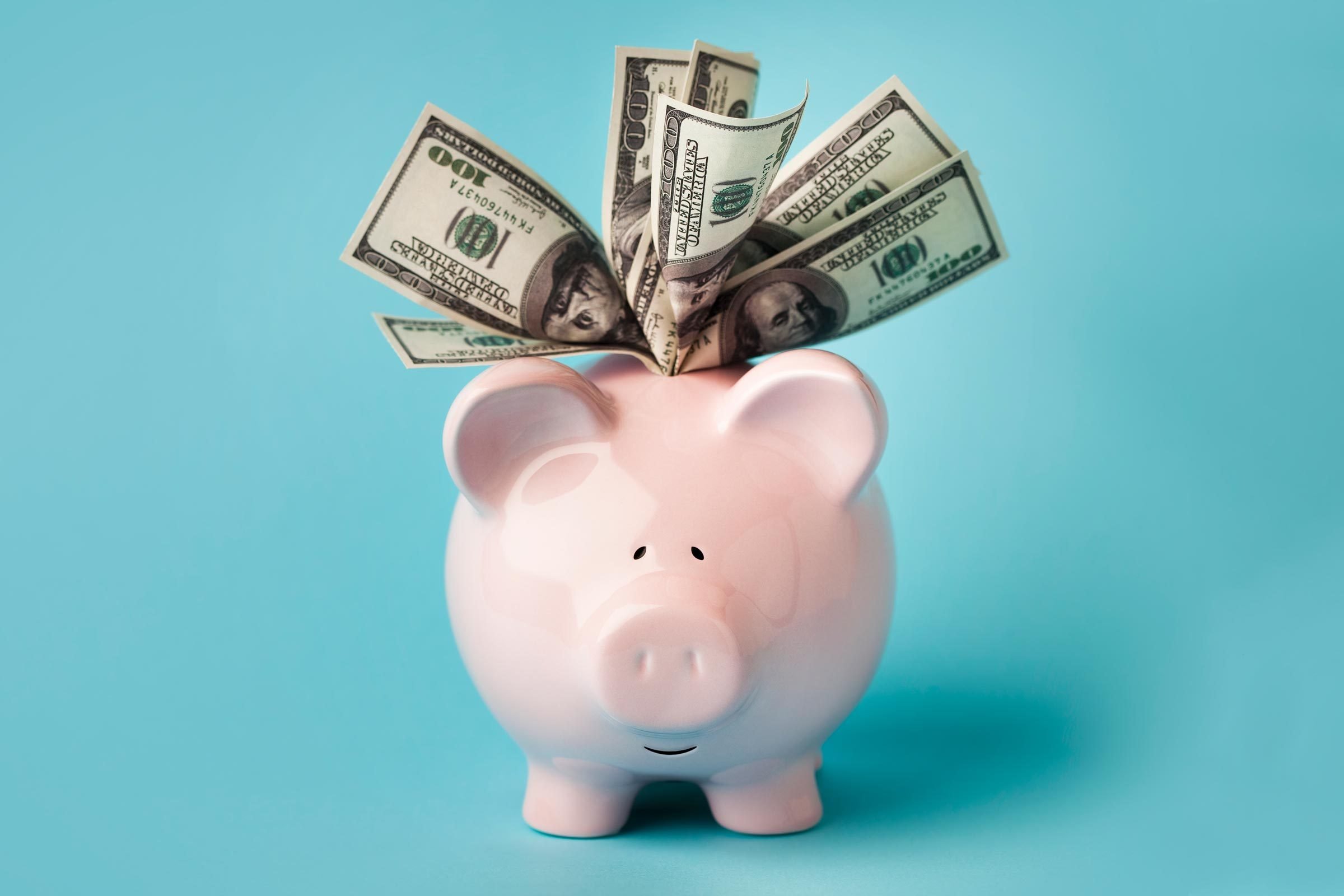
The government could save millions of dollars
For those who support getting rid of coins, pennies might be the first on the chopping block. Not only has the penny’s value dropped due to inflation, but it also costs more to make a penny than it is worth. Each penny costs about 2¢ to produce, according to a 2019 report by the U. S. Mint. And that extra cent can add up: The Mint lost nearly $70 million manufacturing more than seven billion pennies last year. By retiring the penny, proponents argue, the government could reduce its costs by millions each year.
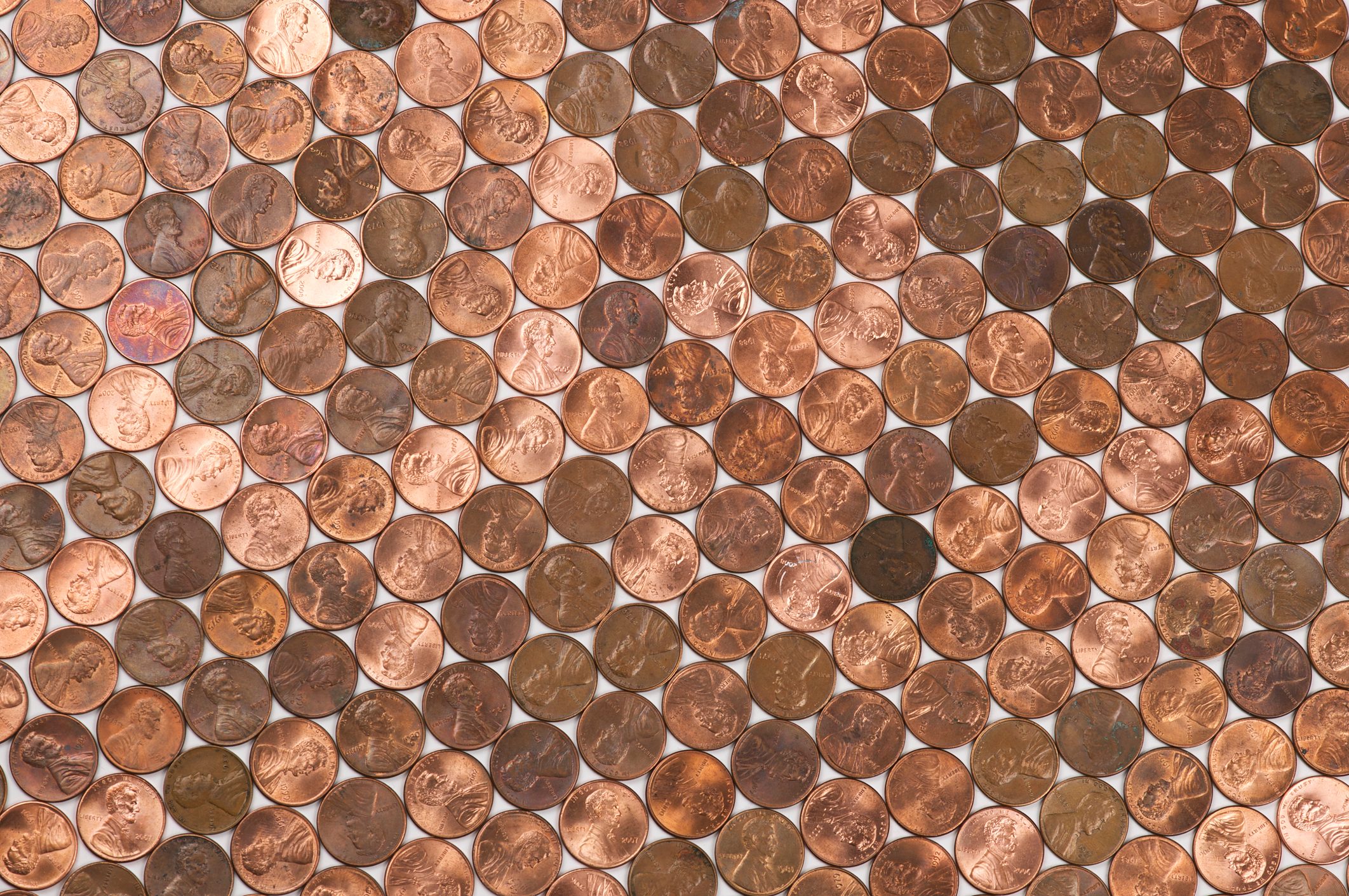
It could lead to a backlash
That said, many people oppose taking pennies out of circulation. For some, the penny has sentimental value; it was one of the first coins the Mint made after its establishment in 1792. And generally speaking, the American public tends to favor pennies. In a 2014 survey, 71 percent of participants said they still stop to pick up pennies on the sidewalk, while 43 percent said they would be “disappointed” or “angry” if the government stopped making pennies.
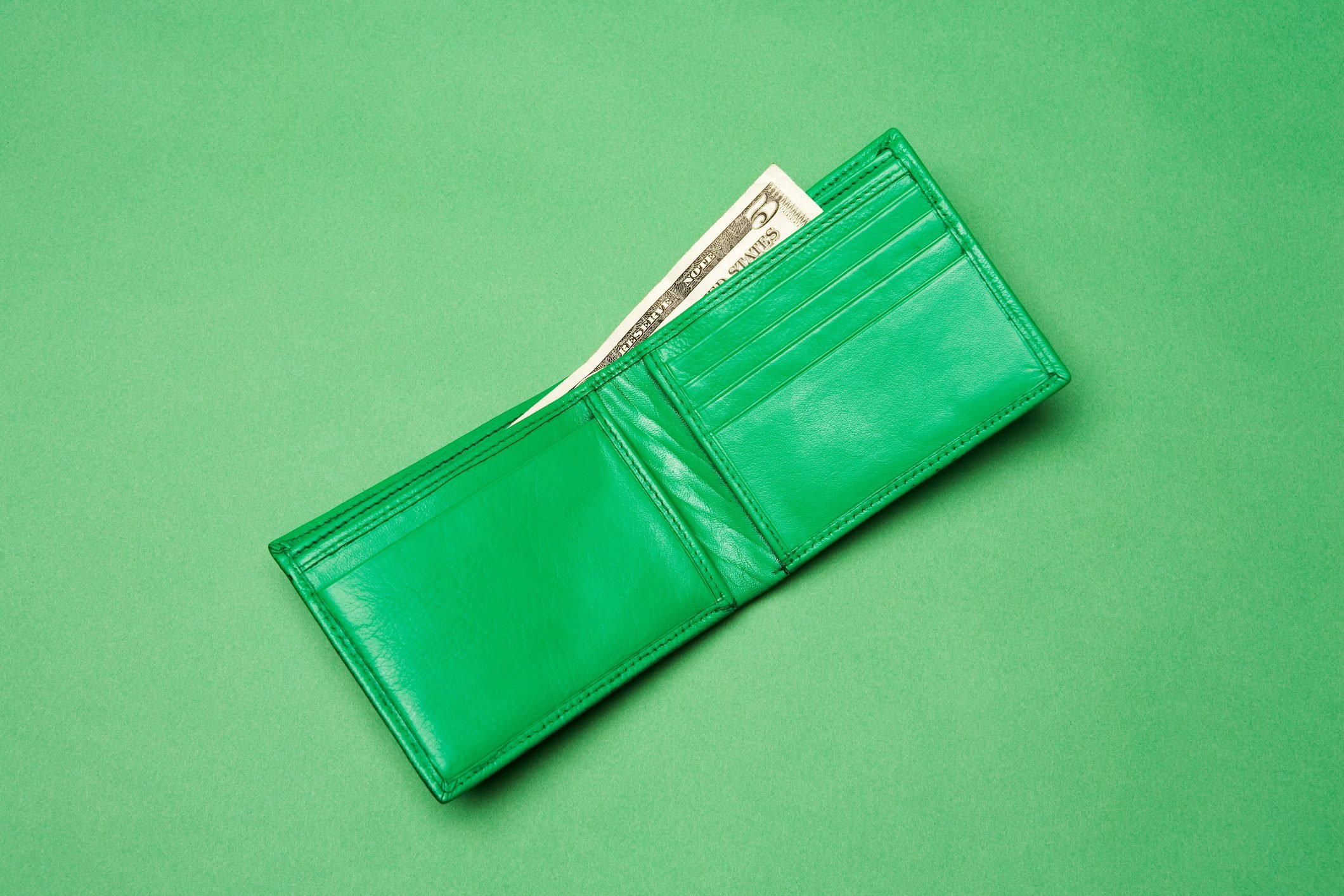
It might benefit consumers
Critics of a coin-free world argue that eliminating pennies would create a 1¢ sales tax for consumers because retail prices ending in 99¢ would be rounded up. But research published by Robert Whaples, an economics professor at Wake Forest University, disagrees. Not only would customers probably break even over time, but they could even save money in some instances. Retailers choose prices that end in “.99” because shoppers tend to round the cost down instead of up, making them believe the item is cheaper than it is. Don’t miss more invisible ways stores trick you into spending more.
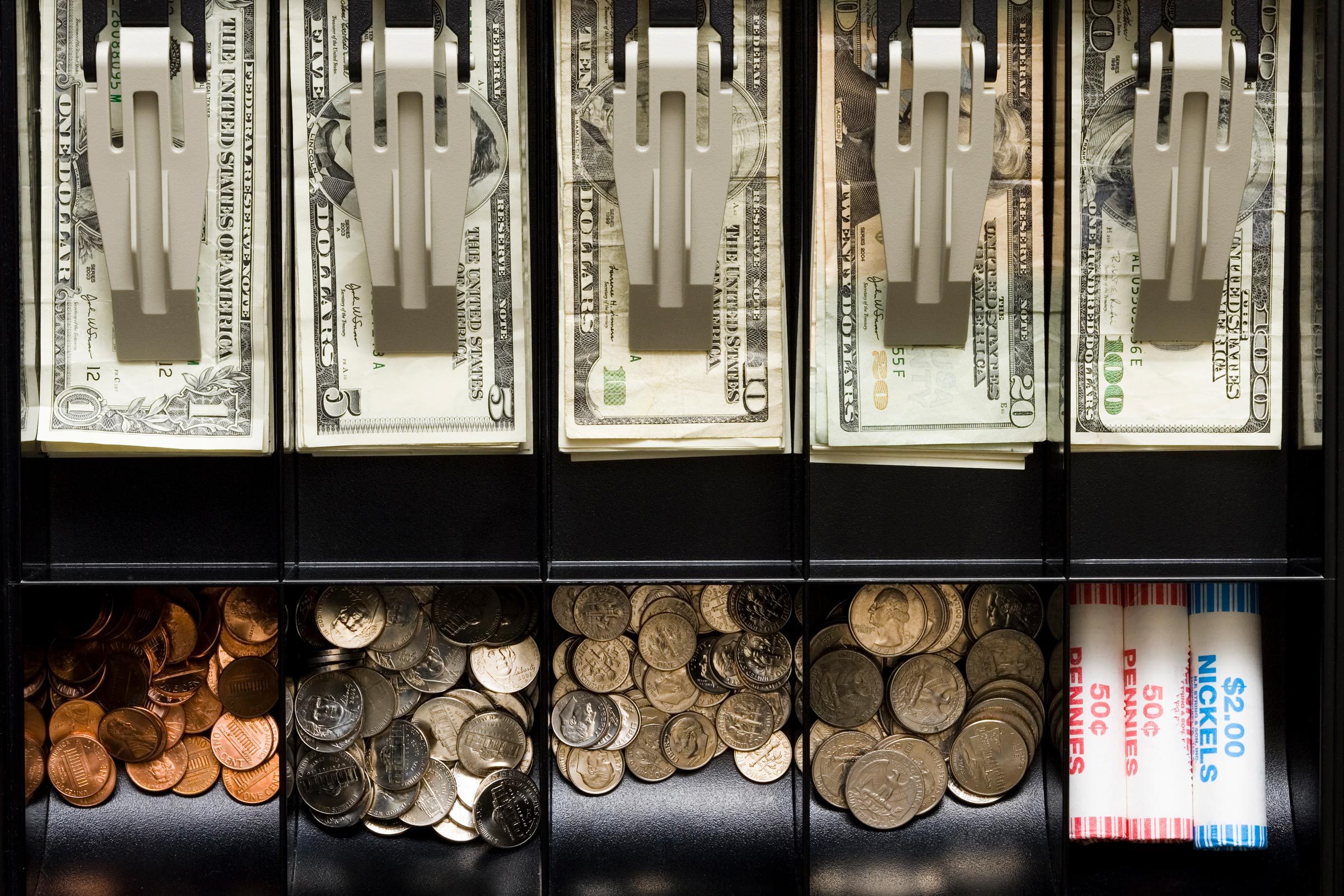
How else might the economy be impacted?
If the United States stopped minting coins, experts predict a significant impact on jobs and businesses. The U.S. Mint currently employs more than 1,650 people at six facilities across the country, all of whom could lose their jobs if the United States stopped manufacturing coins. Doing away with coins could also hurt retailers and other businesses who conduct transactions using only cash, as well as consumers who do not have a bank account or own credit or debit cards.
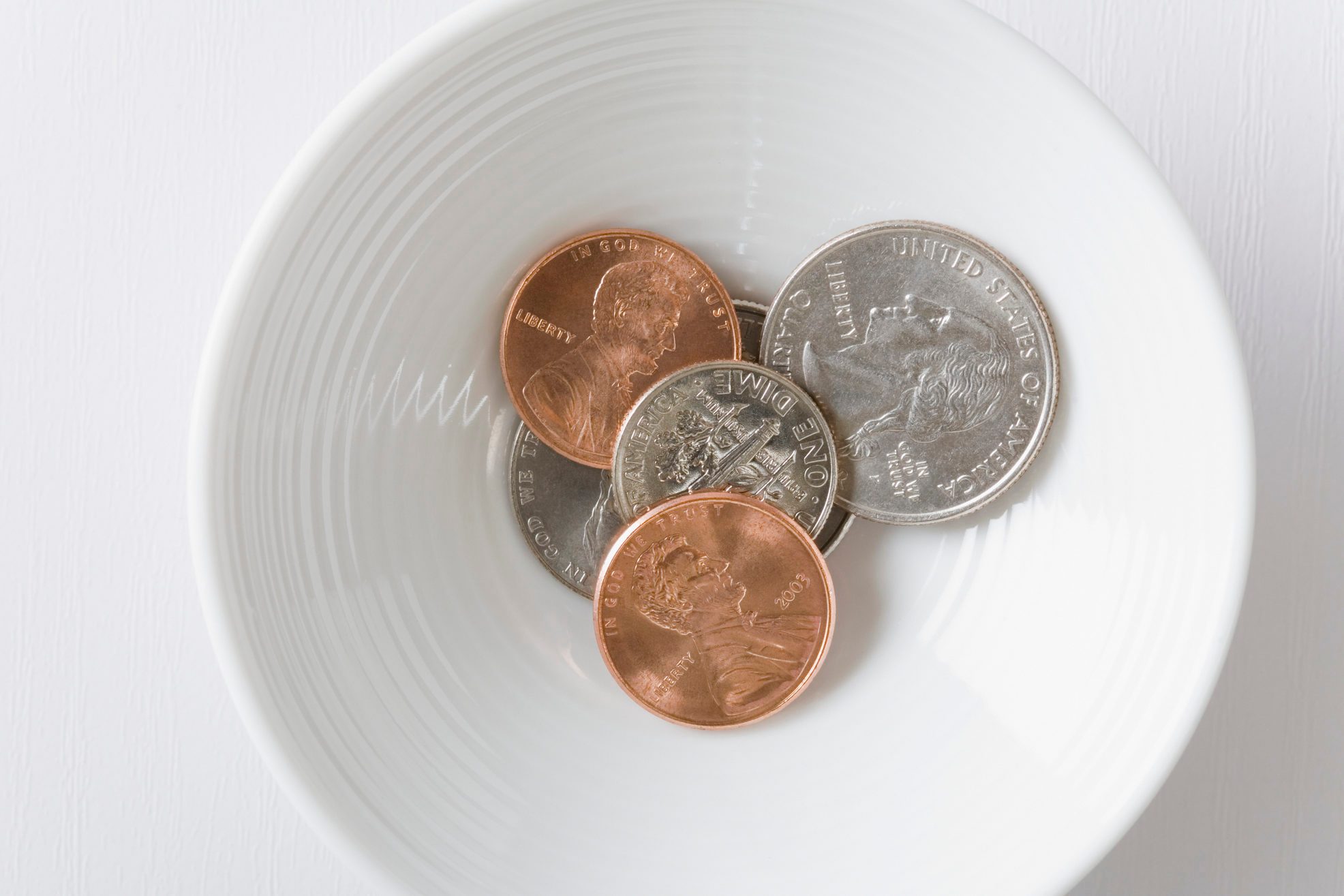
What would happen to leftover coins?
While it’s hard to know what the United States would do with its leftover coins, other countries that have taken the leap might offer a clue. When Canada stopped making pennies in 2012, Canadians could continue using the coins indefinitely but were encouraged to turn them in to be recycled as scrap metal. Other countries, like Switzerland and Ukraine, allowed their low-value coins to be exchanged at banks for a limited time after stopping production.
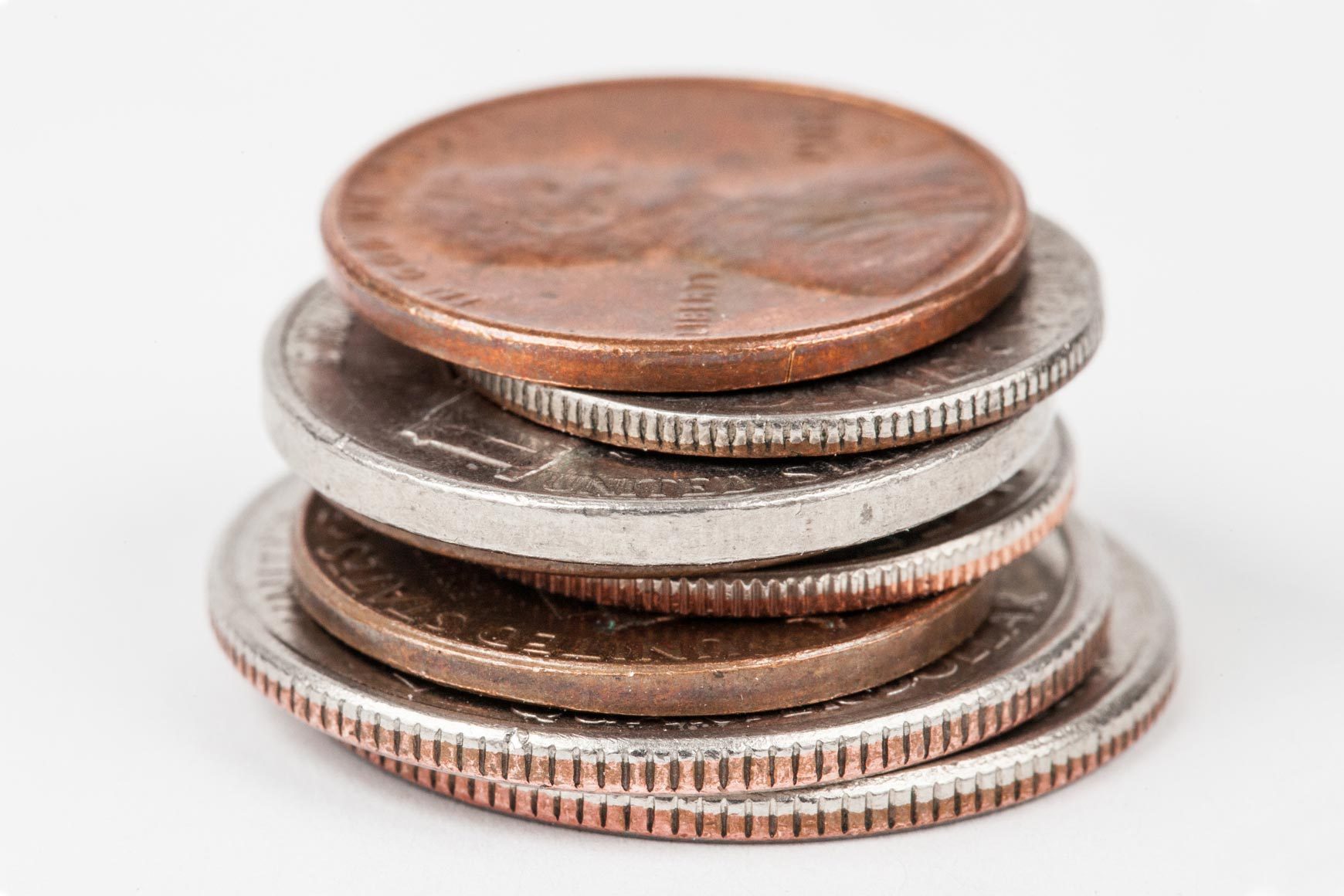
What you can do to help
Every American plays an important role in fixing the current coin shortage, experts say. “The Mint is helping to solve this problem, but we can’t mint our way out of the current circulation issue,” Martin says. “We need the public’s help to solve this.”
The U.S. Coin Task Force, which was established in July to address the shortage, recently published guidelines and resources for consumers to help get coins circulating again. Rhonda Thomas-Whitley, VP of the Independent Community Bankers of America (ICBA) and a member of the U.S. Coin Task Force, recommends paying for items in exact change, depositing coins at financial institutions, and exchanging your loose coins for cash at coin recycling kiosks. You can also encourage your friends and family members to do the same, she says.
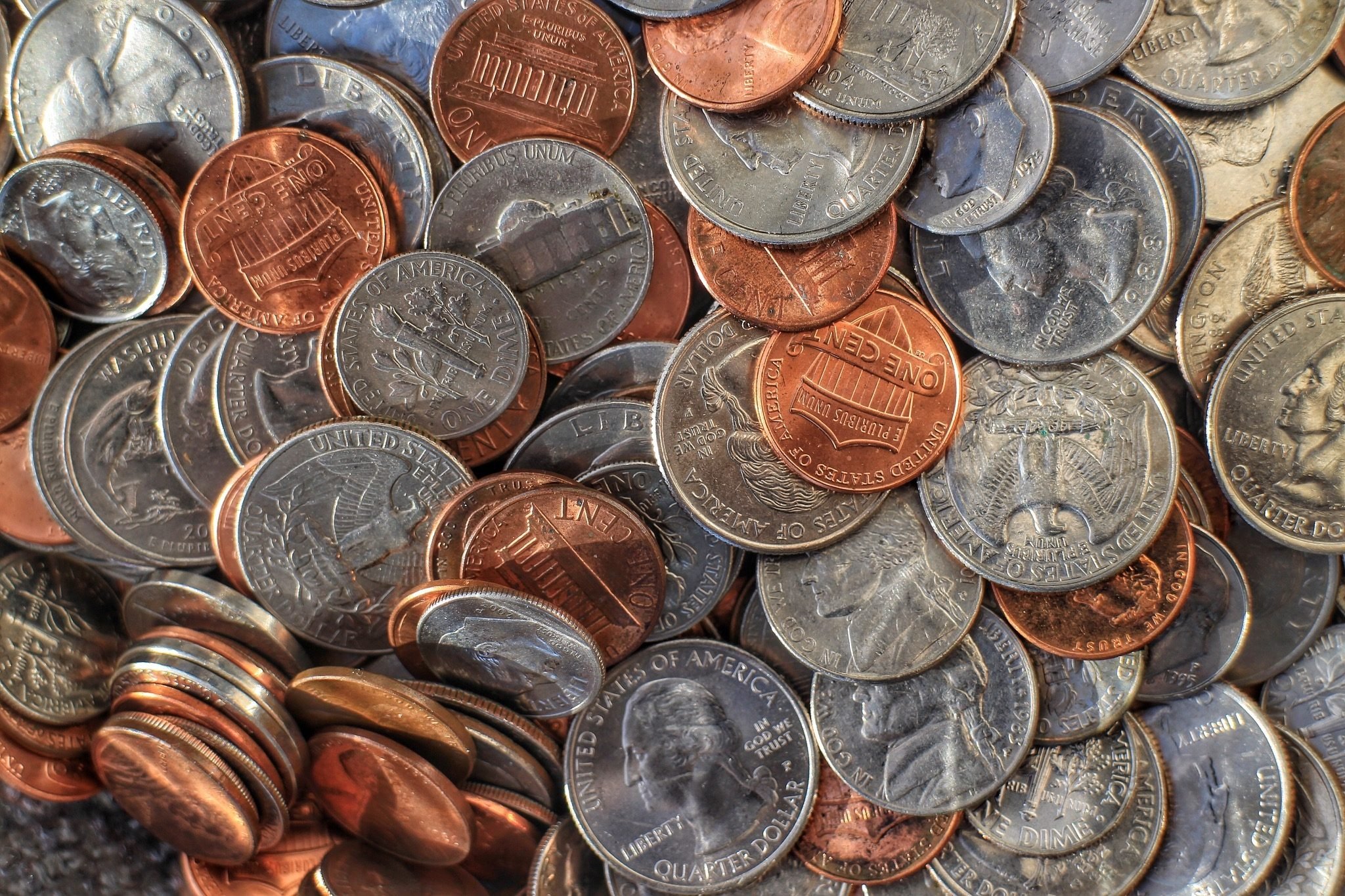
The future of coin production
The good news is “things are looking up” for national coin production, according to Thomas-Whitley. The Federal Reserve has stepped in to address the circulation problem, taking measures such as reallocating the existing coin inventory and boosting the Mint’s production capabilities. Minting facilities are now back to running at full capacity and have nearly closed the gap on the production shortfall. By June, the U.S. Mint had produced almost 1.6 billion coins—and is now on track to mint more coins this year than it has in almost two decades, Martin says. Next, read on to find out what would happen if the Post Office stopped delivering mail.
Sources:
- USMint.gov: “About the United States Mint”
- CATO.org: “Where Have All the Coins Gone?”
- Washington Post: “A penny pinch: How America fell into a great coin shortage”
- The New York Times: “Will the Penny Survive Coronavirus? Some Hope Not”
- USMint.gov: “United States 2019 Annual Report”
- The New York Times: “Why Doesn’t the United States (Finally) Get Rid of the Penny?”
- YouGov.com: “Poll Results: Pennies”
- USMint.gov: “Inside the Mint”
- Washington Post: “The End of Cash?”
- The New York Times: “In Canada, the Lowly Penny’s Time to Shine Nears an End”
- Washington Post: “A penny pinch: How America fell into a great coin shortage”
- FRBServices.org: “Working to Recharge Coin Circulation in the United States”
- FederalReserve.gov: “Why do U.S. coins seem to be in short supply?”
